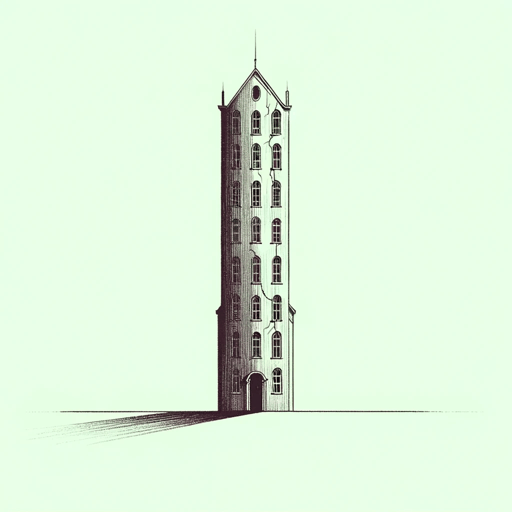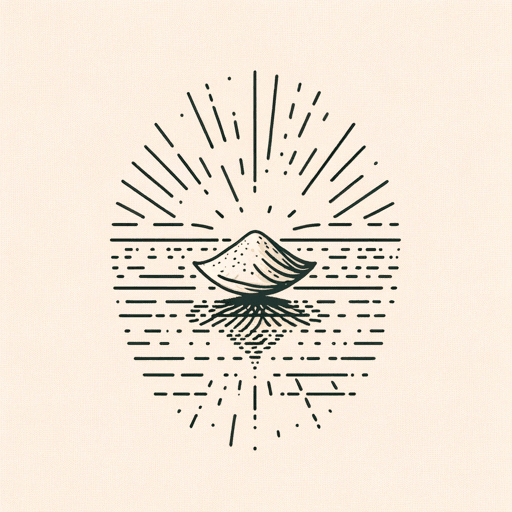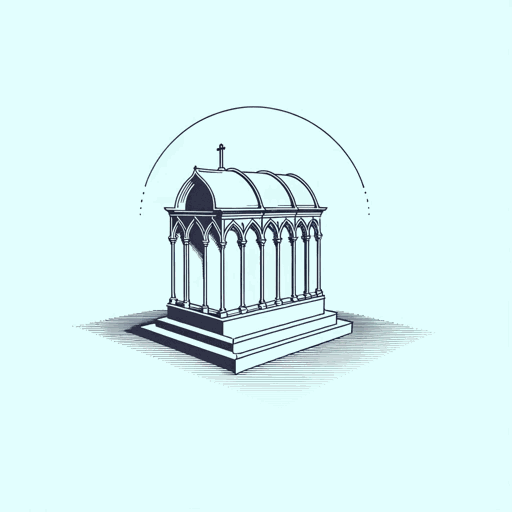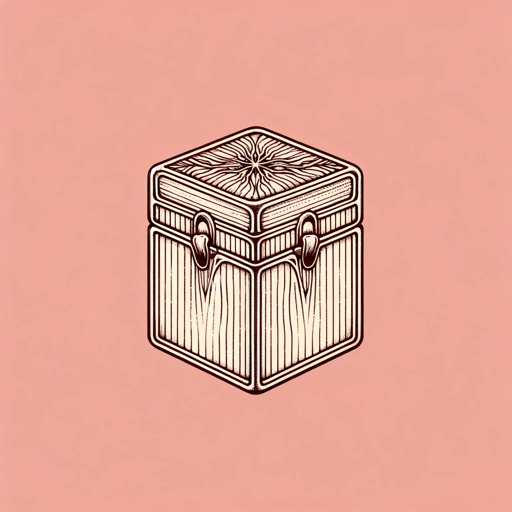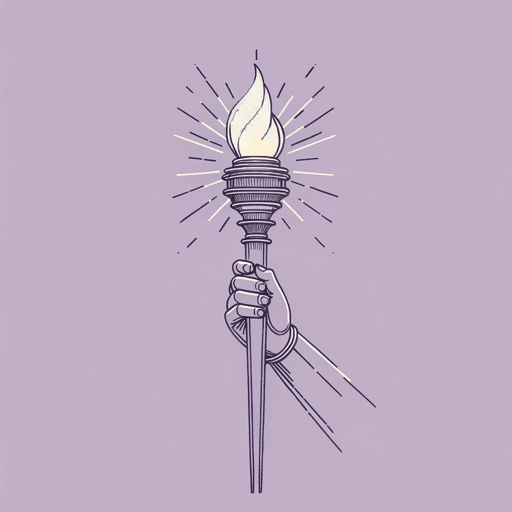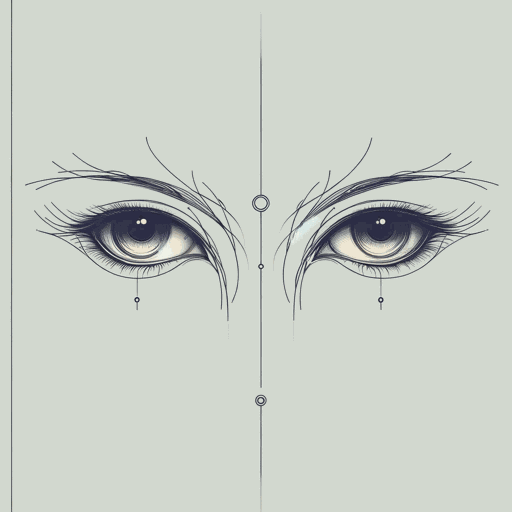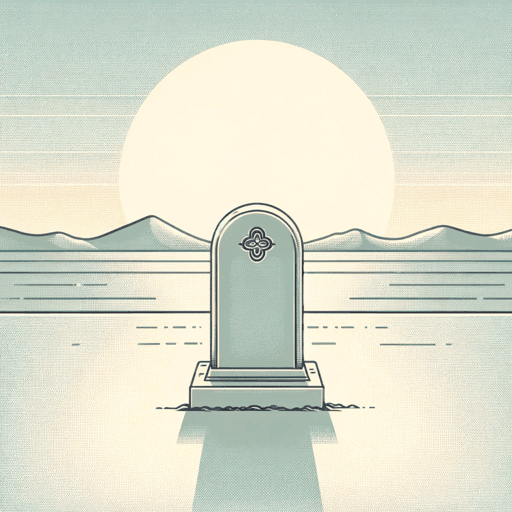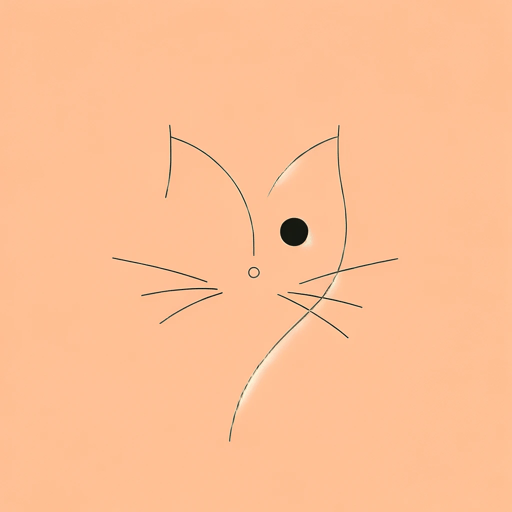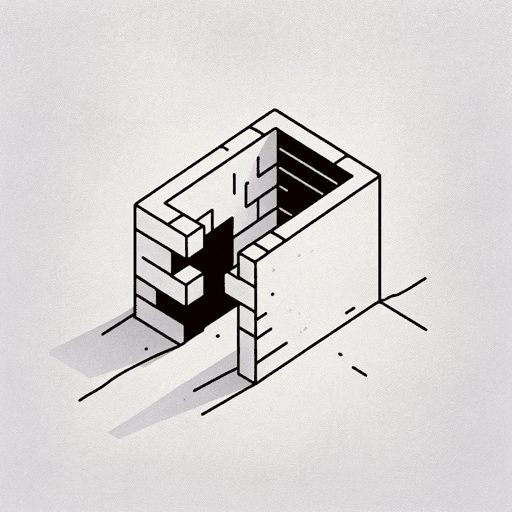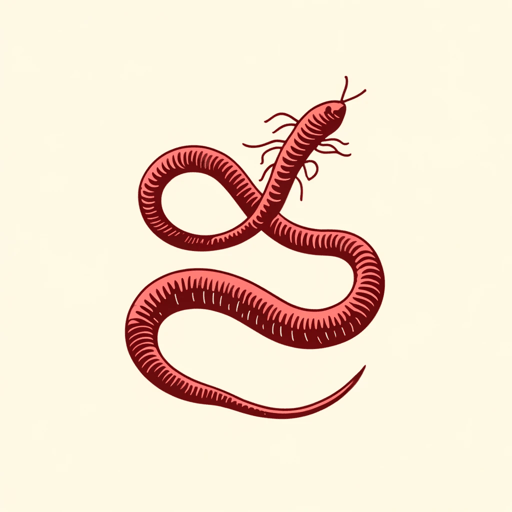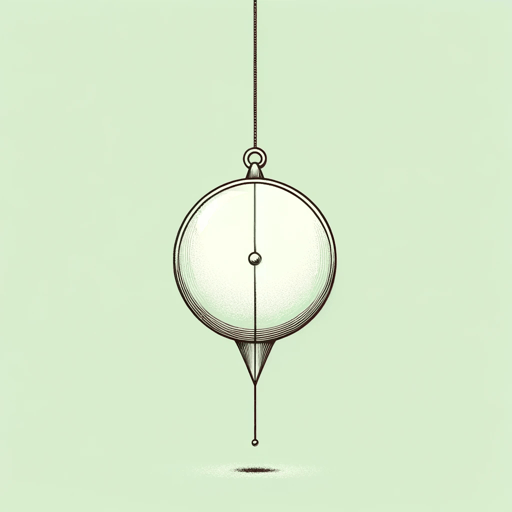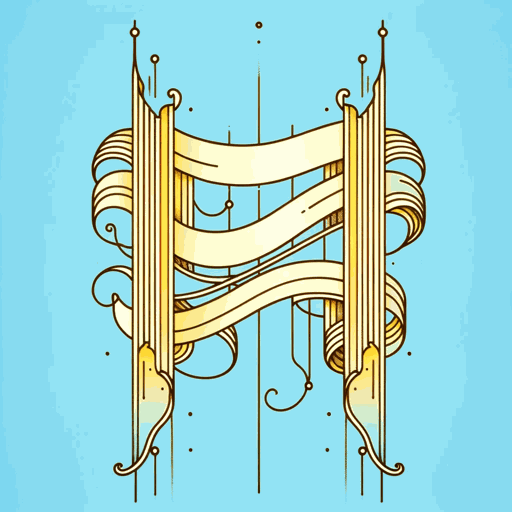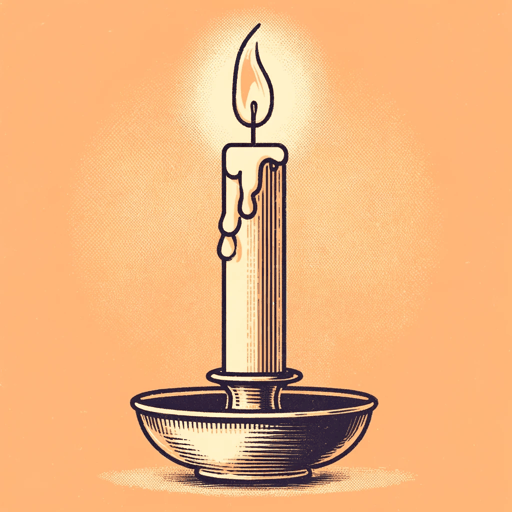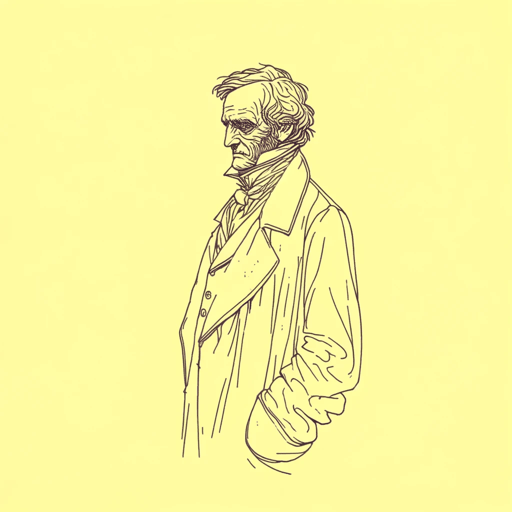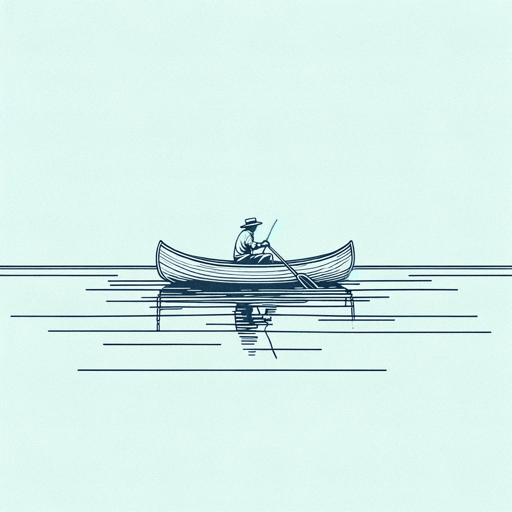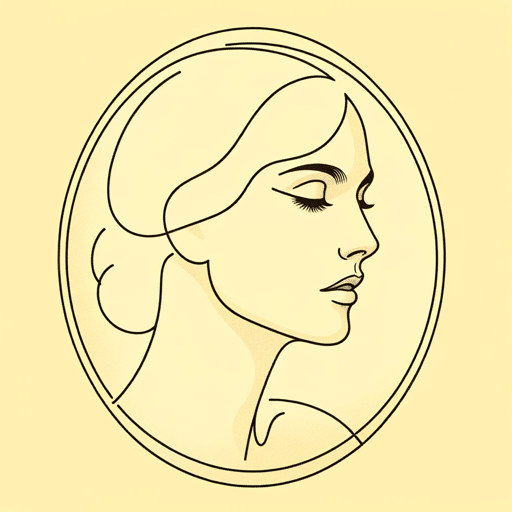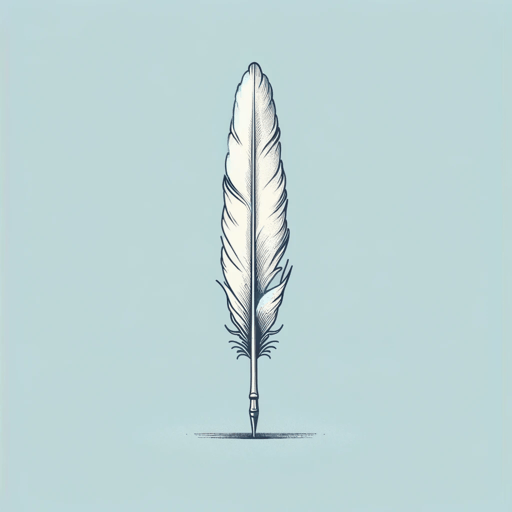46 pages • 1 hour read
Edgar Allan PoeThe Fall of the House of Usher
Fiction | Short Story | Adult | Published in 1839A modern alternative to SparkNotes and CliffsNotes, SuperSummary offers high-quality Study Guides with detailed chapter summaries and analysis of major themes, characters, and more. For select classroom titles, we also provide Teaching Guides with discussion and quiz questions to prompt student engagement.
Literary Devices
Gothic Genre
Because the term “Gothic” is used in different cultural and historical contexts, before discussing the literary application of the term, some distinctions should be made. Gothic architecture, outside of any literary context, was so named by Renaissance critics who deemed the style poorly constructed, showy and vulgar, an allusion to the “barbaric” Goths who destroyed the Roman Empire. At the time, castles, cathedrals, and other buildings that were supposed to symbolize power and inspire awe were built in the Gothic style. These critics believed that the ornate style abhorred reason and linearity; most Gothic structural elements, unlike those of Romanesque or Italianate styles, are curved rather than straight. Elements of Gothic architecture often meet at oblique rather than right angles. The elaborate stained-glass windows, the dizzying heights of the interiors, the complex stylization, and effusive statuary were seen as corrupting and flamboyant, inducements to excess. To its detractors, the Gothic castle (or any other building) evoked structural, aesthetic, and moral degeneracy.
The first literary use of the term “Gothic” was in the subtitle of Horace Walpole’s novel The Castle of Otranto: A Gothic Story (1764). Walpole’s inspiration was Edmund Burke’s 1757 treatise, A Philosophical Inquiry into the Nature of the Sublime and Beautiful.








Related Titles
By Edgar Allan Poe
